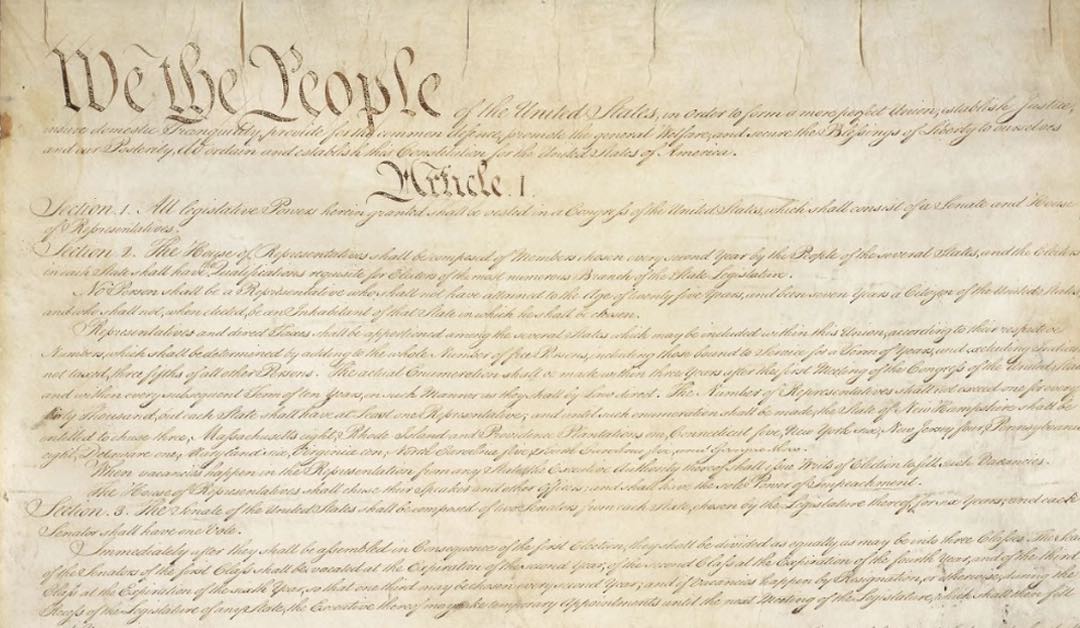The Six Stages of Ratification: Stage VI

All the Pillars in Place
Introduction
Congressional and Presidential elections took place in November 1788, and the First Congress met in March 1789. During the first session of the First Congress, among other things, Madison urged that the Congress endorse the incorporation of a bill of rights into the Constitution. When Madison argues in the First Congress for a bill of rights, he says, “We owe it to these people. We didn’t make it conditional. But we did make an honorable promise. We did agree to consider this issue in order to quell the fears of those who would otherwise support the Constitution. It is an important part of the democratic process to seek unity if possible. So I’m bringing it to you.”
Madison proposed changes that would constitute a bill of rights, but that would not challenge the integrity of the Constitution. He wanted to open up the document and go to Article I, Section 9, where the rights of individuals are listed currently, like habeas corpus, the bill of attainder, and no titles of nobility and then add these: rights of conscience, freedom of press etc. Roger Sherman said, “No, we’re not going to open up the document and put in a bill of rights. We want to keep the work of the Framers pristine. If we are going to have a bill of rights, we’ll attach it at the end, so that we all know the work of the Framers is this original document, and that we, the members of First Congress altered it, here.” And thus the bill of rights became amendments. But what happened to these 20 other amendment proposals that were floating around from New York and Virginia? Madison just turned his back on those because they were unfriendly.
North Carolina and Rhode Island
Learning that Congress endorsed a version of Madison‘s Bill of Rights proposal, North Carolina held a second ratifying convention. This time, on November 21, 1789, the delegates ratified the Constitution. And then there is Rhode Island. Between February 1788 and January 1790, the Assembly refused 11 times to call a ratifying convention. At the end of the second session of the First Congress, the Senate sent Rhode Island a message which, in effect, said: “Join or die.” Rhode Island finally held a convention, having rejected earlier attempts to hold a ratifying convention, and they joined the Union. The delegates ratified the Constitution by a vote of 34 to 32 on May 29, 1790. They also had the nerve to propose that the First Congress recommend the adoption of a bill of rights as well as amendments to the Philadelphia Constitution.